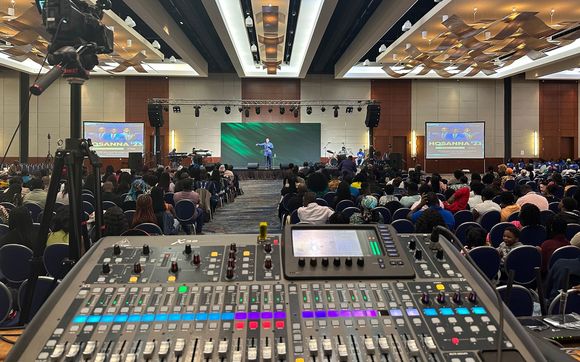Menu
AV equipment elevations

An AV Equipment Elevations service is a specialized design service that involves creating detailed vertical drawings (elevations) of how audio-visual equipment will be installed on walls or within cabinetry in a space. This service is crucial for ensuring that AV components like TVs, speakers, projectors, control panels, and other devices are placed optimally in terms of functionality, aesthetics, and user accessibility.
Key Elements of an AV Equipment Elevations Service:
Initial Consultation and Needs Assessment:
- Space Analysis: Understanding the physical space where the AV equipment will be installed, including room dimensions, wall surfaces, and structural elements.
- Client Requirements: Discussing the specific needs, such as the types of equipment to be installed, preferred mounting heights, visibility, accessibility, and design preferences.
Detailed Elevation Drawings:
- Wall Elevations:
- TVs and Displays: Positioning of flat-panel displays or projection screens on walls, including height, centered placement, and any tilting mechanisms.
- Speakers: Placement of wall-mounted speakers, soundbars, or in-wall speakers, considering acoustics and aesthetics.
- Control Panels and Keypads: Positioning of touchscreens, keypads, or other control devices at user-friendly heights.
- Concealed Cabling: Showing where and how cables will be hidden behind walls, within conduit, or in cable management systems.
- Rack Elevations:
- Equipment Racks: Detailed layouts of AV equipment within a rack, including the order of components (e.g., receivers, amplifiers, media players, network switches) and their accessibility.
- Ventilation Considerations: Ensuring proper spacing and ventilation for equipment within racks to prevent overheating.
- Cable Management: Detailed diagrams showing how cables will be routed within the rack to maintain organization and prevent interference.
- Cabinetry and Custom Furniture:
- Custom Installations: Elevations showing how AV equipment will be integrated into custom-built cabinetry or furniture, ensuring a seamless look.
- Lift Mechanisms: For setups where displays are concealed within furniture or cabinets, the elevation may show how motorized lifts will function.
- Wall Elevations:
Integration with Interior Design:
- Aesthetic Considerations: Ensuring that the AV equipment complements the room’s design, working closely with interior designers if needed.
- Material and Finish Coordination: Matching the finishes of AV equipment or custom enclosures with the surrounding décor.
Compliance and Safety:
- Building Code Adherence: Ensuring that all installations comply with local building codes, particularly in commercial settings where accessibility standards (like ADA compliance) must be met.
- Structural Considerations: Verifying that walls or other mounting surfaces can support the weight and load of the AV equipment.
Installation Guides:
- Installer Instructions: Providing clear instructions for installers, detailing how and where each piece of equipment should be mounted, including anchor points, bracket types, and any special installation requirements.
- Equipment Access: Ensuring that all equipment is accessible for maintenance and servicing without disrupting the aesthetics or functionality of the setup.
Review and Approval Process:
- Client Review: Presenting the elevation drawings to the client for review and approval, making adjustments as necessary.
- Coordination with Other Trades: Working with other contractors, such as electricians, carpenters, or HVAC technicians, to ensure that the installation aligns with other systems in the space.
When to Use an AV Equipment Elevations Service:
- Home Theaters and Media Rooms: To ensure that screens, speakers, and control systems are optimally placed for viewing and listening experiences.
- Conference Rooms: For precise placement of displays, video conferencing equipment, and control panels to enhance functionality and user experience.
- Custom Installations: When integrating AV equipment into custom-built furniture, cabinetry, or architectural features, where precision is critical.
- Commercial Spaces: For boardrooms, auditoriums, retail environments, or public spaces where AV equipment plays a significant role in the experience.